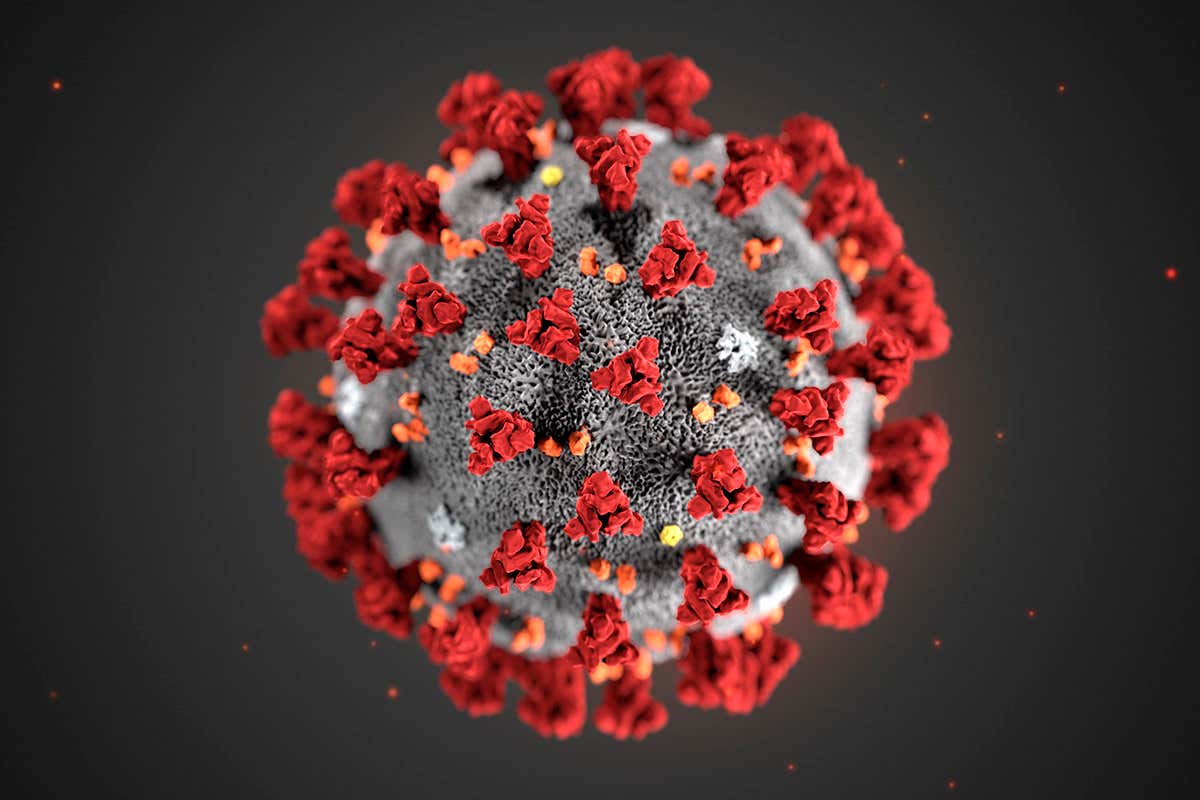At the AHT2020 online seminar, Ed gave a talk on the use of Progressive Generative Adversarial Networks (PGANs) to generate Chest X-Rays, so that the problem of class imbalance can be addressed. A clinical assessment carried out by a radiologist, Dr Iosif Mendichovszky, reveals a number of issues with the generated CXRs which are covered in this talk.
A background on the use of PGANs for CXRs generation may be found here. We learnt several important lessons from this project as follows.
- A considered clinical criteria is required for the input data training datasets.
- Efforts to gather good quality annotated datasets (eg. NHSX) ought to be applauded. However, access to such datasets should be streamlined to expedite development efforts.
- Regardless of the quality of the input training set, there will be considerable variance in the quality of the generated output images. Automated QA metrics like the MS-SSIM could used to help discard poor quality images at scale, particularly when harvesting images in the hundreds of thousands. However, these metrics have to take into account clinical factors such as the anatomical structure of the human body.


